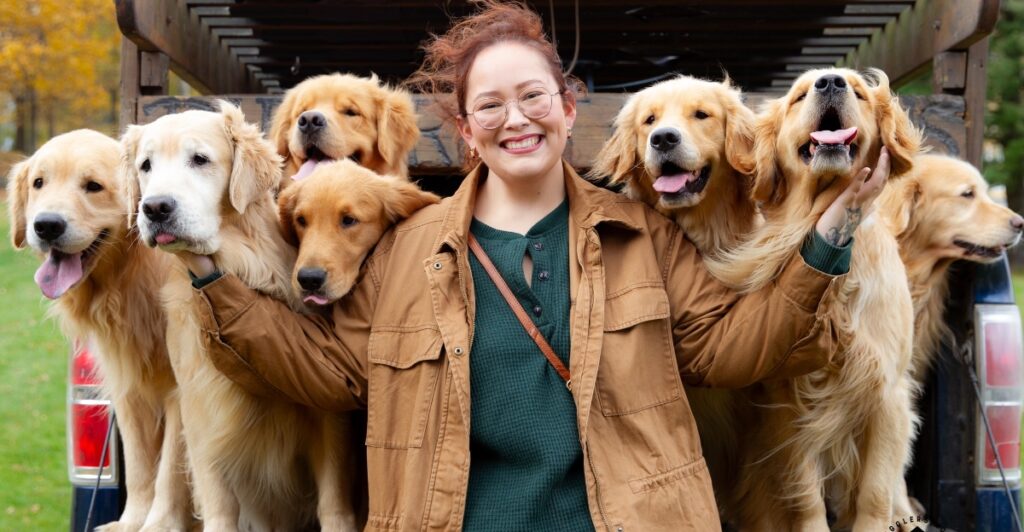
Labrador Retrievers originated as assistants to fishermen in Newfoundland. They were bred for their excellent swimming ability, webbed paws, and dense, water-repellent coats. In the 1800s, English nobles brought these dogs to Britain, emphasizing their retrieving skills for hunting. Over time, Labradors became a staple of family life, admired for their intelligence and even temperament.
Take Max, a modern-day Labrador from Boston. Once trained as a guide dog, Max now serves as an emotional support animal, demonstrating the breed’s versatility and loyalty. While Labs retain their athletic build and love for water, their primary role has shifted from rugged working dogs to gentle family pets.
Golden Retrievers: From Scottish Highlands to Therapy Rooms
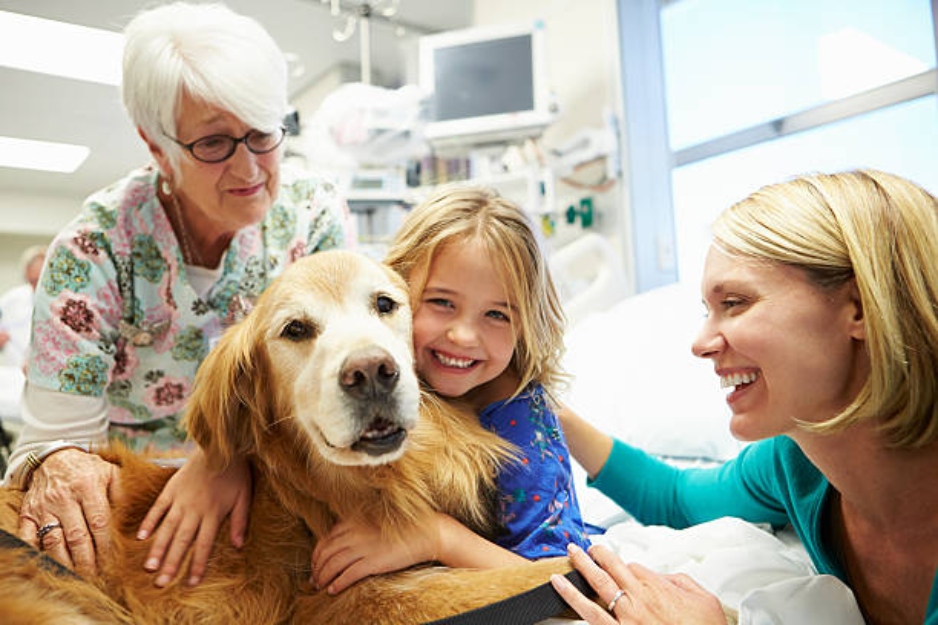
Golden Retrievers trace their lineage to the 19th-century Scottish Highlands, where they were bred by Lord Tweedmouth to retrieve waterfowl. Their thick, water-resistant coats and innate gentleness made them ideal hunting partners. However, their charm soon extended beyond hunting.
Lucy, a Golden Retriever from Denver, exemplifies the breed’s modern role. She works as a therapy dog, providing comfort to hospital patients. Breeding has enhanced the Golden’s calm demeanor and sociability, making them ideal companions in therapeutic settings.
Bulldogs: From Bull-Baiting to Couch Lounging
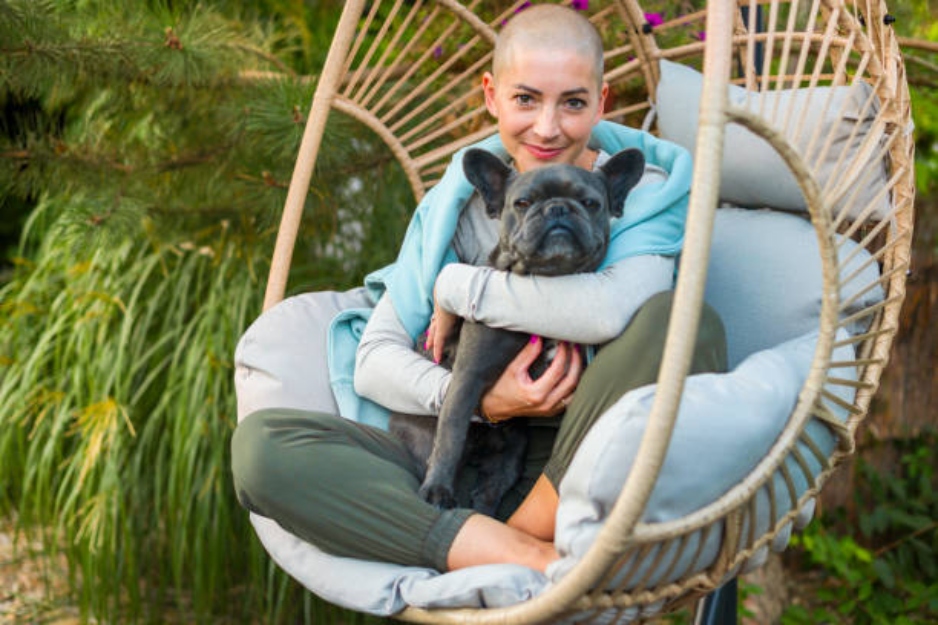
Once fierce participants in bull-baiting, Bulldogs have undergone a dramatic transformation. Selective breeding has shifted their temperament from aggressive to docile. Modern Bulldogs like Bruno, a pet from Chicago, are known for their affectionate, albeit stubborn, personalities.
However, the breed’s distinctive appearance—flat face, stocky build—has come at a cost. Bulldogs are prone to breathing difficulties and joint issues, raising ethical questions about breeding practices.
Dachshunds: From Badger Hunters to Apartment Dwellers

Originally bred in Germany for hunting badgers, Dachshunds’ long bodies and short legs were perfect for burrowing. Today, these “sausage dogs” are more likely to be found chasing toys than digging after prey.
Consider Daisy, a Dachshund in New York City, whose primary job is charming her neighbors. While her hunting instincts occasionally surface, her life is a far cry from the breed’s rugged beginnings.
German Shepherds: From Sheep Herders to Police Partners
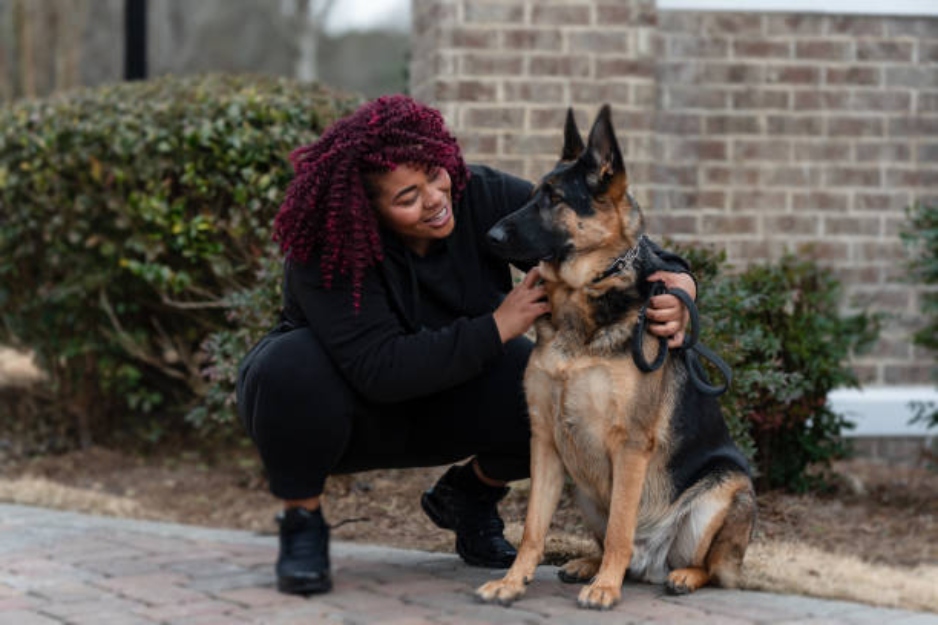
German Shepherds were initially bred for herding sheep, but their intelligence and trainability quickly found them roles in law enforcement and the military. Modern German Shepherds like Rex, a K-9 unit in Los Angeles, exemplify the breed’s adaptability.
Breeding has emphasized traits such as strength, loyalty, and a keen sense of smell, making German Shepherds indispensable in search-and-rescue operations and security.
Chihuahuas: From Sacred Companions to Fashion Icons
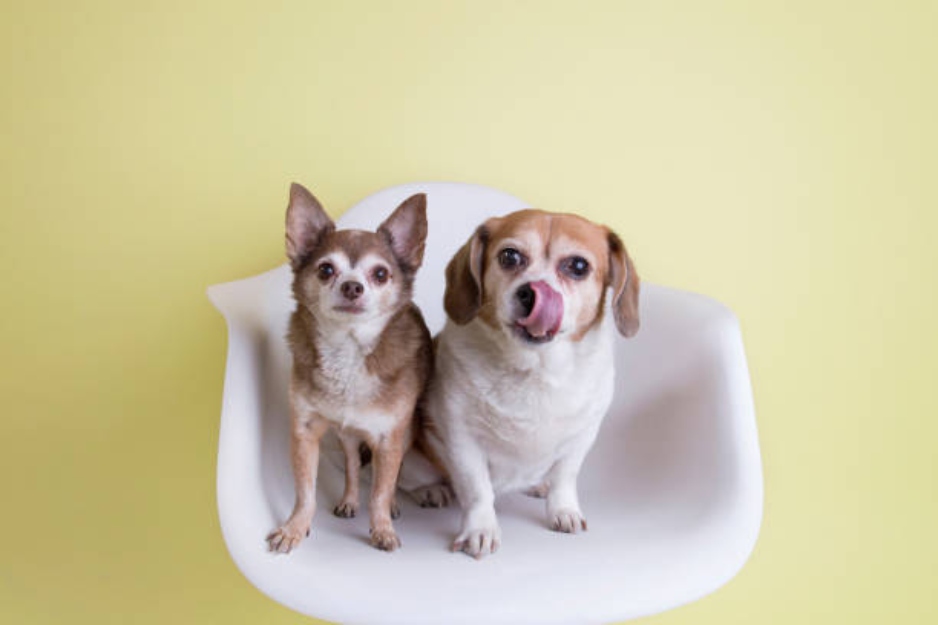
Chihuahuas, believed to descend from the ancient Techichi dogs of Mexico, once held spiritual significance. Today, they are better known as the handbag-sized pets of celebrities.
Bella, a Chihuahua from Miami, often accompanies her owner on shopping trips, decked out in designer gear. Selective breeding has emphasized their small size, but their bold personalities remain unchanged.
Poodles: From Water Dogs to Show Stoppers

Poodles, originally water retrievers in Germany, are now known for their hypoallergenic coats and distinctive grooming styles. Modern Poodles, like Charlie, a show dog from San Francisco, often compete in agility and obedience competitions.
Breeding has retained the Poodle’s intelligence and athleticism while adding an element of glamour.
Beagles: From Rabbit Hunters to Family Guardians

Beagles were bred in England for hunting rabbits and hares. Their excellent sense of smell and determination made them invaluable to hunters. Today, they are popular family pets, admired for their friendly nature.
Scout, a Beagle in Atlanta, still loves to follow scents but spends most of his time guarding his human siblings. Selective breeding has enhanced the Beagle’s sociability, making them ideal for households with children.
Boxers: From Guard Dogs to Energetic Playmates
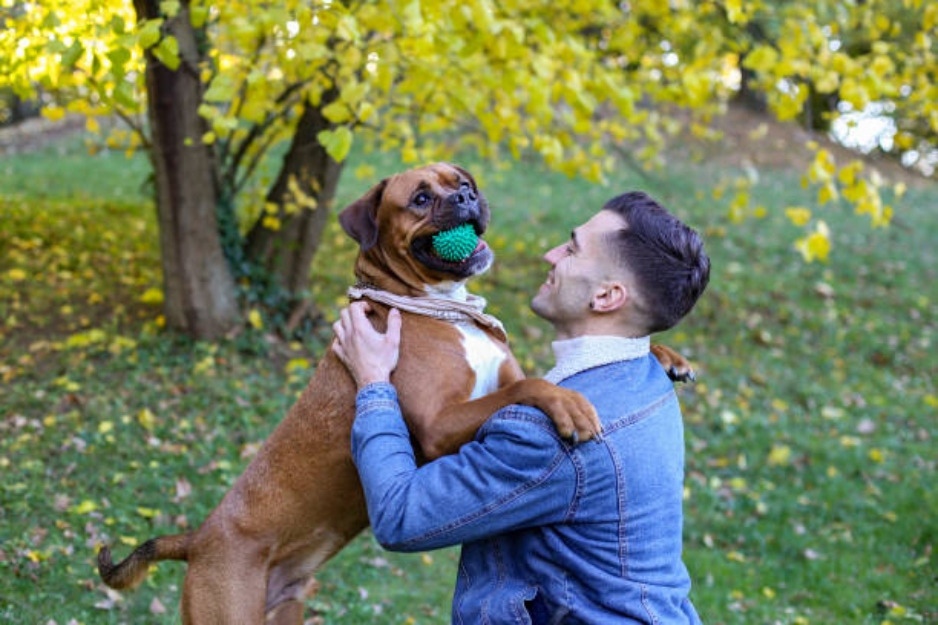
Boxers were once used for hunting and as guard dogs in Germany. Their muscular build and strong jaws were ideal for these roles. Modern Boxers, like Rocky from Seattle, are cherished for their energy and playfulness.
Though their guarding instincts remain, breeding has softened their demeanor, making them loyal and affectionate companions.
Shih Tzus: From Palace Pets to Living Room Royals

Shih Tzus were bred to warm the laps of Chinese royalty. Their luxurious coats and regal demeanor made them favorites in the imperial court. Today, they are beloved family pets.
Ming, a Shih Tzu in Los Angeles, enjoys a life of pampering, from regular grooming to gourmet dog treats. The breed’s appearance has been maintained through selective breeding, emphasizing their distinctive coat and compact size.
Border Collies: From Sheepdogs to Canine Athletes

Known as one of the most intelligent dog breeds, Border Collies were developed in the UK for herding sheep. Their keen instincts and agility make them exceptional working dogs and competitors in dog sports.
Finn, a Border Collie from Texas, competes in agility trials, showcasing the breed’s energy and trainability. Breeding has focused on enhancing their work ethic and responsiveness.
Pugs: From Chinese Royals to Social Media Stars
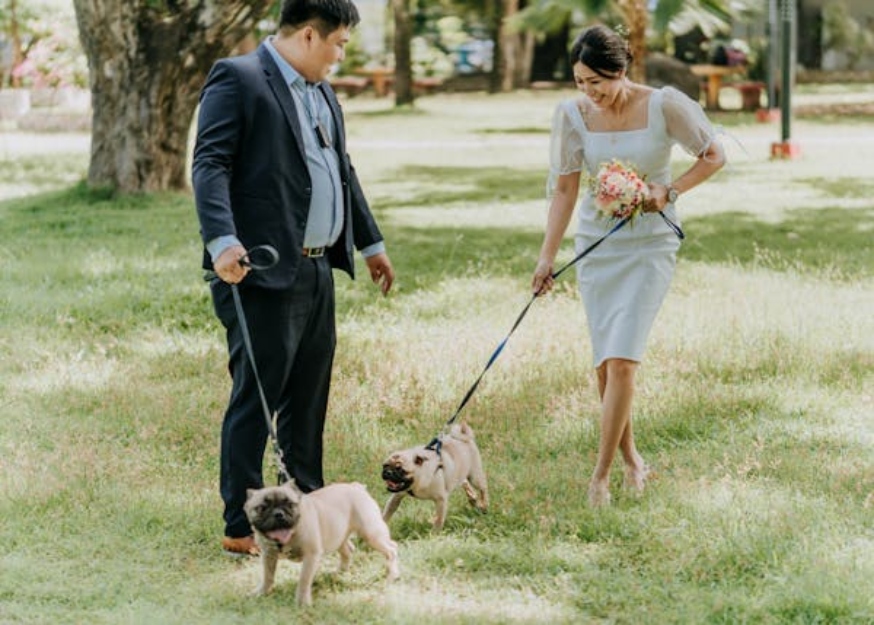
Pugs were once prized companions of Chinese emperors. Their distinct wrinkled faces and curled tails made them stand out. Today, they are popular in modern homes and online.
Doug, a Pug with a massive social media following, enjoys life as a canine influencer. However, breeding for their characteristic flat faces has led to health challenges, sparking debates about ethical breeding.
Huskies: From Arctic Sled Dogs to Urban Adventurers

Siberian Huskies were bred to pull sleds across vast Arctic terrains. Their endurance, strength, and thick coats suited them for harsh climates. Today, they thrive as active pets in various environments.
Luna, a Husky from Colorado, loves hiking and outdoor adventures. Breeding has preserved their stamina and friendly nature, making them great companions for active families.
Stay connected with us for more stories like this! Follow us to get the latest updates or hit the Follow button at the top of this article, and let us know what you think by leaving your feedback below. We’d love to hear from you!







